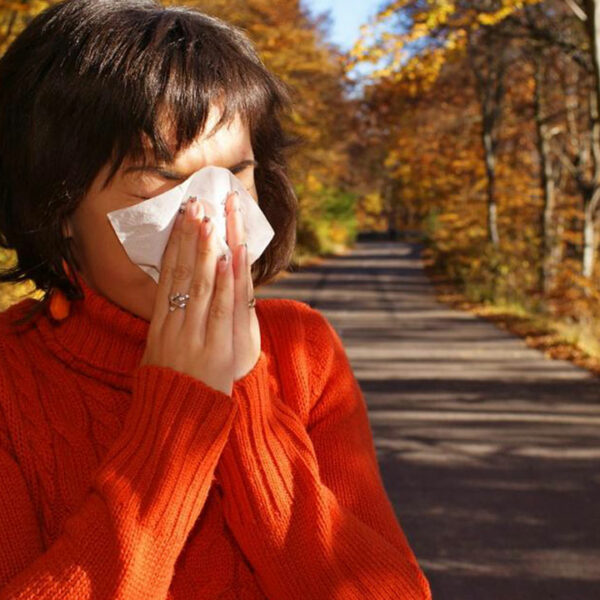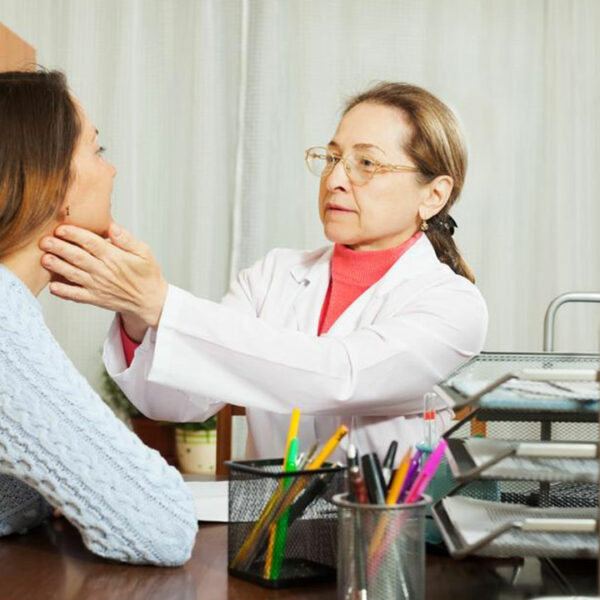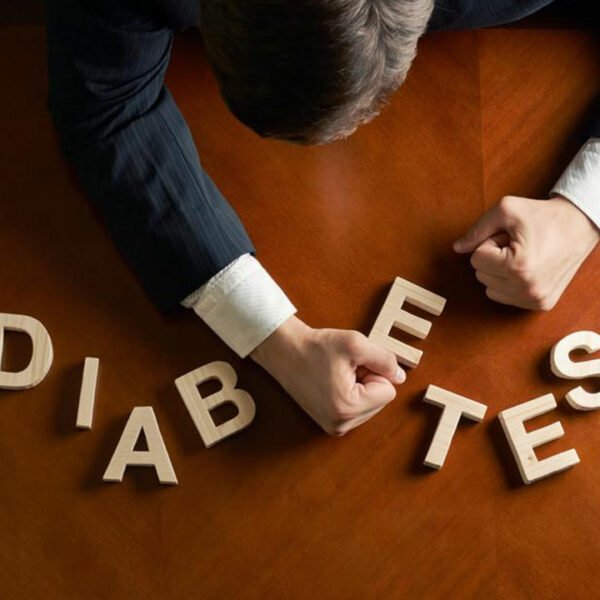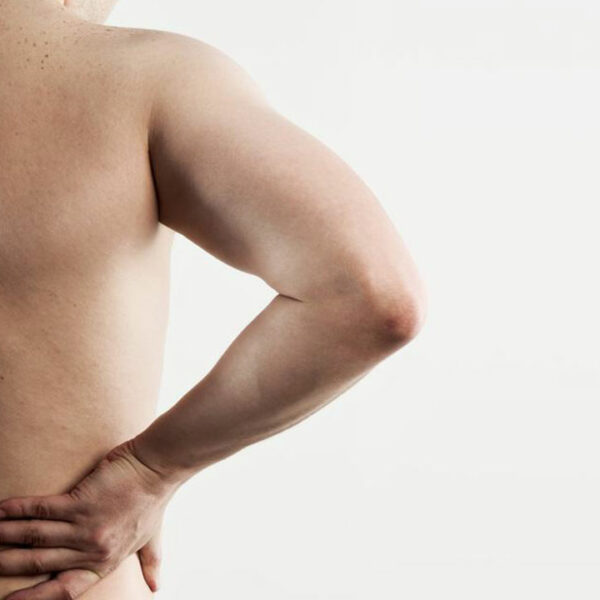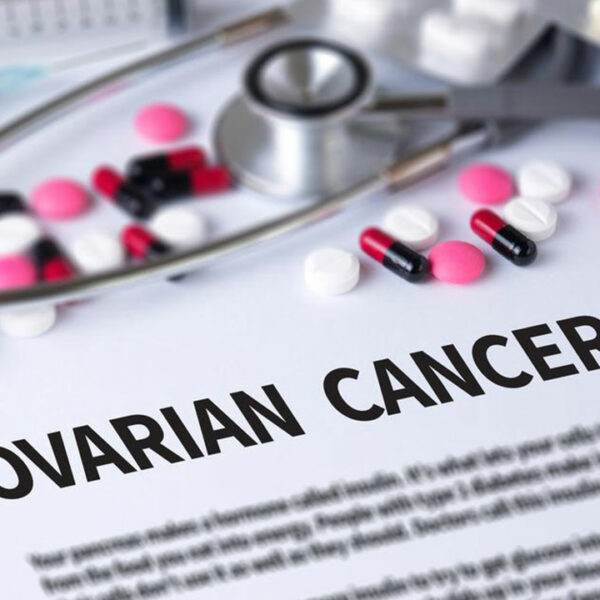
Here’s What You Need to Know about Ovarian Cancer
Ovarian cancer is a form of cancer that originates in the ovaries, a part of the female reproductive system. It is the tenth most common type of cancer detected among women. Read on to know more about ovarian cancer symptoms, causes, risk factors, types, diagnosis, treatment, and prevention. Symptoms of ovarian cancer In the early stage of ovarian cancer, the symptoms might be non-existent. As the condition progresses, it might project symptoms that may often be misconstrued for benign health conditions. The signs and symptoms of ovarian cancer could involve the following Bloating or swelling in the abdomen Back pain Frequent urination Unexplained weight loss Nausea and tiredness Pain while having intercourse Discomfort or pain in the pelvic region Loss of appetite or quickly feeling full even after eating little food Constipation Causes of ovarian cancer Researchers haven’t been able to narrow down the exact cause of ovarian cancer as yet; however, there are multiple factors that could contribute to the development of this condition. Following are some factors that could amplify the risk of ovarian cancer in women: Age – Although ovarian cancer can affect a woman of any age, it is mostly observed among women aged between 50 and 60 years.

